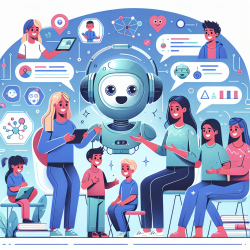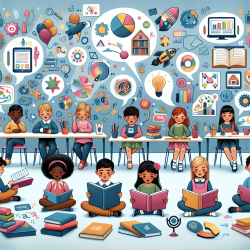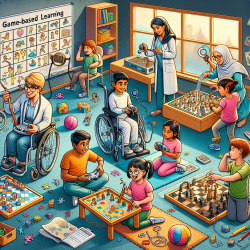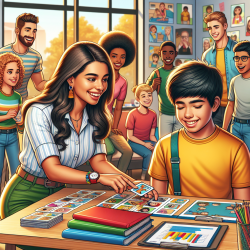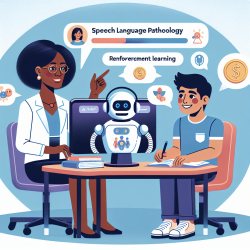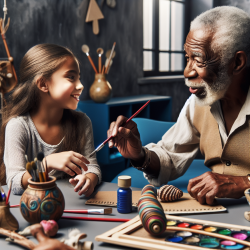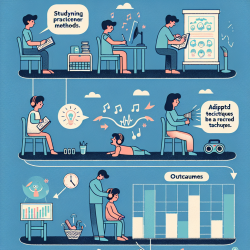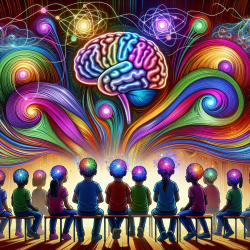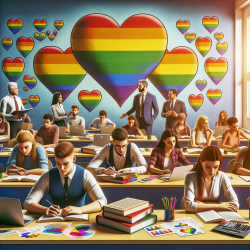In the ever-evolving field of speech language pathology, practitioners are continuously seeking innovative tools to enhance therapy outcomes for children. One such groundbreaking tool is ChatGPT, a conversational system developed by OpenAI. The research article titled "ChatGPT: perspectives from human–computer interaction and psychology" delves into the multifaceted impacts of ChatGPT on human-computer interaction, psychology, and society. This blog explores how practitioners can leverage the insights from this research to improve their therapeutic practices.
Understanding ChatGPT's Capabilities
ChatGPT, built on the GPT (Generative Pre-trained Transformer) model, is designed to facilitate natural, fluid conversations with users. Its ability to comprehend complex queries and provide coherent, contextually relevant responses makes it a valuable asset in various fields, including education and therapy. The research highlights several key aspects of ChatGPT that can be particularly beneficial for speech language pathologists:
- Empathy Simulation: ChatGPT's potential to mimic human empathy can support emotional regulation and learning in children.
- Contextual Understanding: The model's ability to remember conversation history and understand context can enhance the continuity and relevance of therapy sessions.
- Multilingual Support: ChatGPT's support for multiple languages can be particularly useful in diverse, multicultural settings.
Implementing ChatGPT in Child Therapy
Integrating ChatGPT into therapy sessions can provide numerous advantages. Here are some practical ways practitioners can implement this technology:
- Interactive Learning: Use ChatGPT to create interactive and engaging learning activities that cater to the individual needs of each child. This can help in maintaining their interest and motivation.
- Emotional Support: Leverage ChatGPT's empathy simulation to provide emotional support and build a trusting relationship with the child, which is crucial for effective therapy.
- Language Practice: Utilize ChatGPT for language practice and reinforcement. The model can engage in conversations that help children practice their speech and language skills in a supportive environment.
Encouraging Further Research
While the current capabilities of ChatGPT are impressive, the research underscores the importance of ongoing exploration into its psychological and social impacts. Practitioners are encouraged to contribute to this growing body of knowledge by conducting their own studies and sharing findings. This collaborative approach can lead to more refined and effective applications of ChatGPT in therapy.
Future Directions
The research suggests several future directions for optimizing ChatGPT, including enhancing its understanding and generation capabilities, supporting multimodal interactions, and developing personalized language generation features. By staying informed about these advancements, practitioners can continue to leverage cutting-edge technology to improve therapy outcomes for children.
Conclusion
ChatGPT offers a promising tool for speech language pathologists seeking to enhance their therapeutic practices. By understanding and implementing the insights from the research on ChatGPT, practitioners can create more engaging, supportive, and effective therapy sessions for children. To read the original research paper, please follow this link:
ChatGPT: perspectives from human–computer interaction and psychology.
